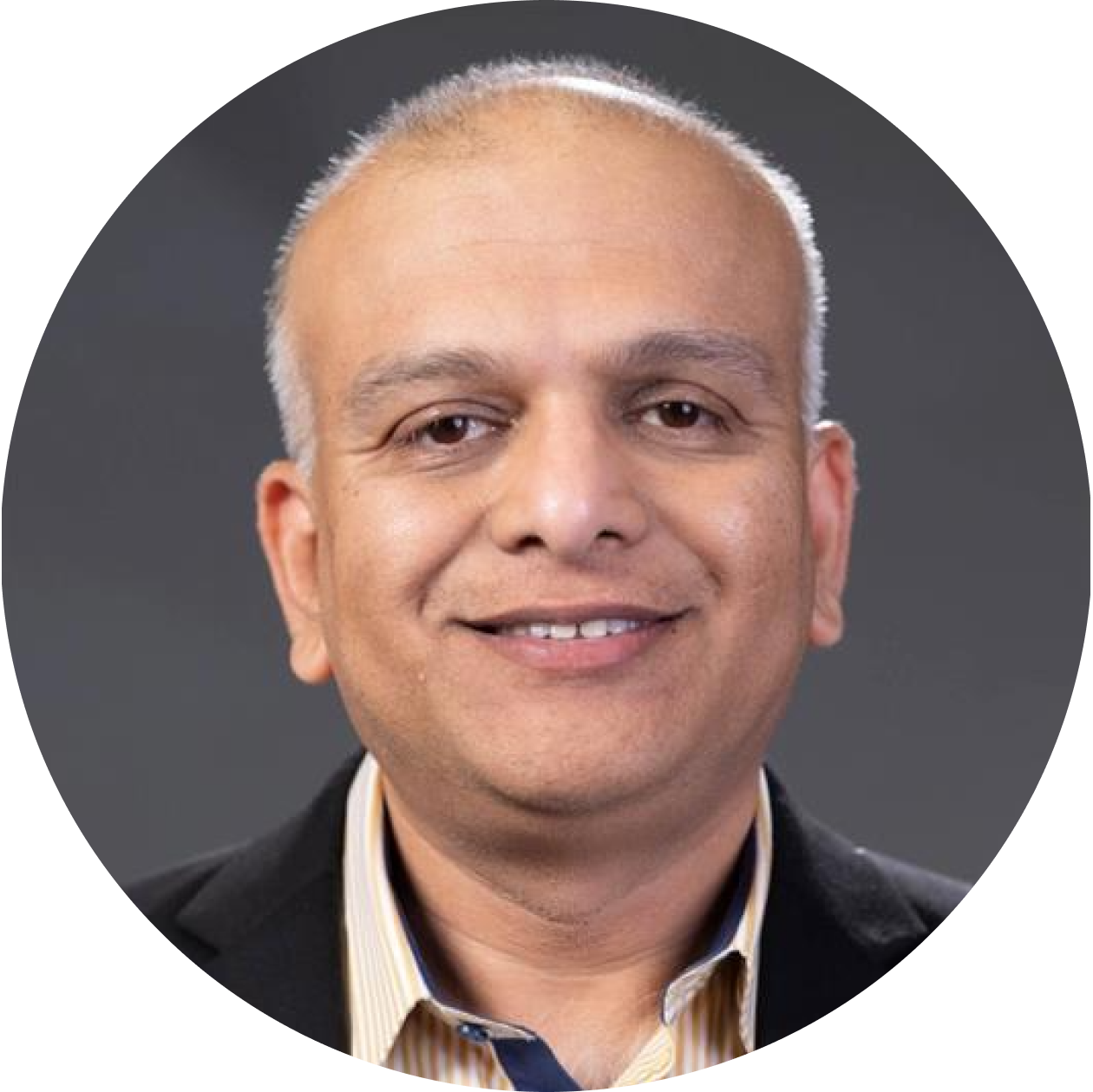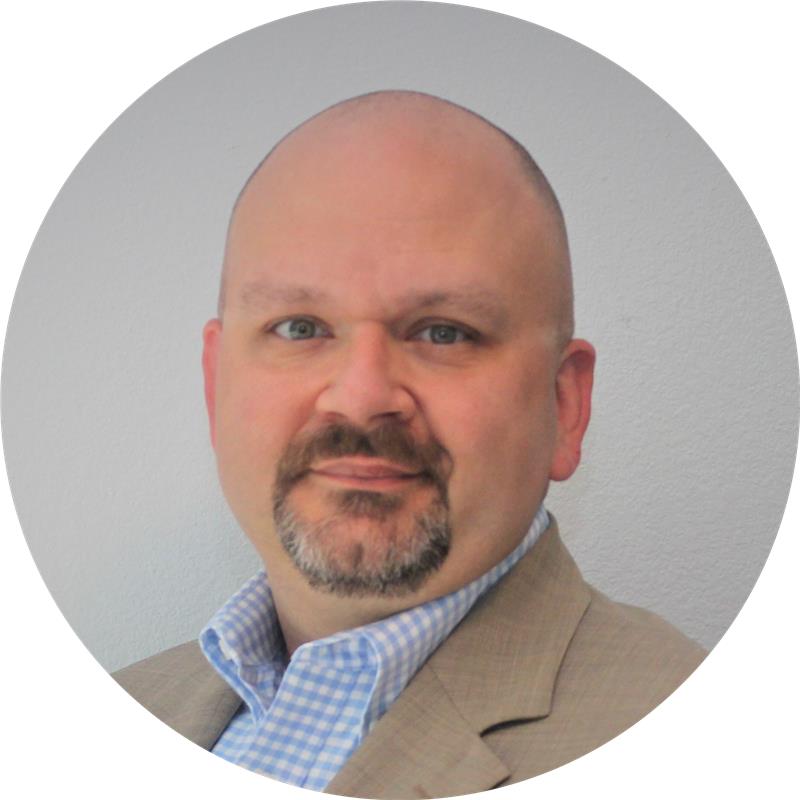Carbon capture and modern data centers
Lisa Berry, Parag Kulkarni, and Matt Davidsaver
October 01, 2025
5 min read
Prefer to listen?
Regulations are tightening and environmental, social, and governance (ESG) standards are more prevalent and more closely scrutinized. In many cases, energy strategies that used to be “good enough” simply aren’t cutting it anymore.
GE Vernova has been watching this shift closely, working on ways to help operators and new entrants to the power space keep up. Our portfolio of products, which includes the equipment for a combined cycle power plant, can be paired with a carbon capture system to offer a real-world solution towards decarbonization.
The foundation of the combined cycle solution starts with a gas turbine. GE Vernova offers several high-efficiency gas turbine models. They produce lower carbon emissions when compared to coal and older combustion technologies. In some cases, a combined cycle power plant is created using a gas turbine with a steam cycle to further increase the overall output and efficiency.
Add a carbon capture system to the combined cycle power plant, and you’re able to get closer to what regulators want to see: significant CO2 emissions reductions, not just promises. When a power plant and carbon capture system incorporate GE Vernova’s integration solutions, capturing CO2 can become easier with lower capital and operating expenditures.
One of the main challenges with carbon capture is cost which is analogous to size. GE Vernova approaches this challenge as a system within systems. Their integration solutions are engineered to provide a step change improvement to the overall solution, now or in the future, providing ways to decrease the carbon capture system size and increase flexibility and ways to ease the implementation of these systems.
Some of the solutions GE Vernova offers include steam integration to improve efficiency, exhaust gas recirculation (EGR) to increase CO2 concentration and reduce capture island size, controls integration for improved operability, upgrades to offset the carbon capture system power draw, and more.
For new power plants, being smarter in the upfront engineering makes adoption of carbon capture easier to phase in when the time is right—this is especially helpful when you’re working under tight spatial or construction constraints.
After gathering feedback from clients around the world, some common themes have surfaced—and they’re worth addressing up front:
GE Vernova’s team will help you navigate the challenging and ever-changing landscape of decarbonization. That’s why our product portfolio includes a range of products which can be assembled together to deliver the power and support needed—even during periods of huge demand—quickly and reliably.
GE Vernova has long been a partner in helping the world, and now more specifically, data centers, transition to lower-carbon intensity power, all while minimizing capital cost, maintaining reliability, and improving efficiency. Contact GE Vernova to see how we can support your low-carbon power needs.



Technology Director for Decarbonization and Data Centers, Americas, GE Vernova
Lisa Berry is GE Vernova’s Technical Director for Data Centers and Decarbonization in the Americas, supporting client discussions on energy solutions. She began her career at GE Power, spending 12 years in engineering on thermodynamic modeling of combined cycle plants. After roles at Honeywell and Hermeus Corporation, she returned to GE Vernova to focus on the energy industry. Lisa holds a BSME from Purdue, an MSME from Georgia Tech, and 17 US patents.
Executive Manager – Carbon Capture Solutions Engineering, GE Vernova
Parag Kulkarni is an executive engineering leader with 24 years of experience driving innovation in power generation and decarbonization. At GE Vernova, he leads a multidisciplinary team delivering advanced power plant solutions and carbon capture integration strategies from concept through commercial deployment. Parag is recognized for building high-performing teams, accelerating technology adoption, and delivering complex projects that improve efficiency, cut emissions, and drive customer value.
Carbon Capture Solutions Product Manager, GE Vernova
Matt Davidsaver is a product line owner for GE Vernova. He has held engineering executive and product management roles in gas power for nearly 15 years, and spent another 10 years in service engineering for nuclear energy. Working with power plant owners, developers, carbon capture partners, and CO₂ transport and storage providers, he leverages his broad energy and oil and gas experience to position GE Vernova gas turbines for novel plant integrations.
Contact us